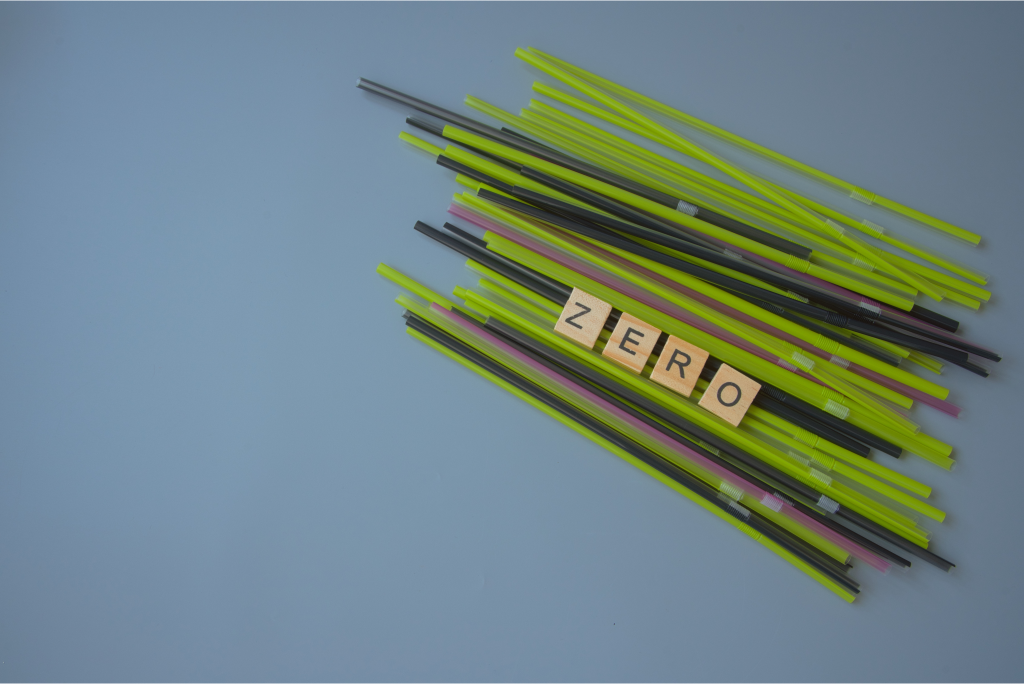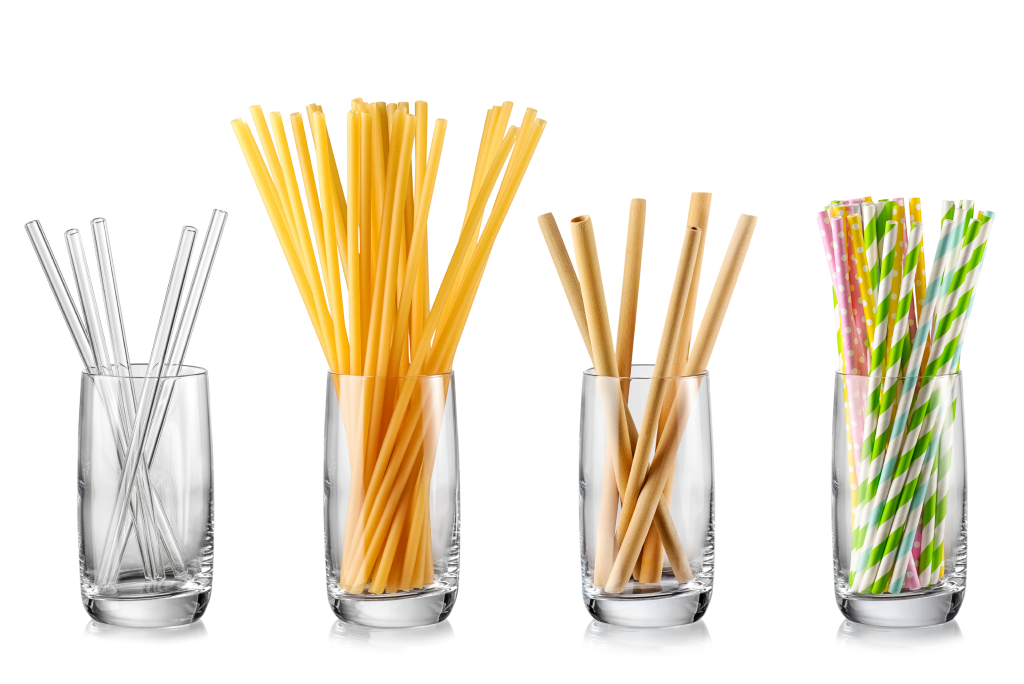
Are biodegradable straws better for the environment?
Yes, biodegradable straws are generally better for the environment. However, we also need to look at the entire life cycle of a straw to assess its environmental impact better.
The environmental impact of biodegradable straws
During its life cycle, a straw’s environmental impact should be assessed based on these criteria:
- Production: How much is the carbon footprint of producing one straw?
- Usability: Is it durable? Is it easy to clean, store, and bring along? Does it leach chemicals? How many times can you use it before throwing it away?
- Disposal: How fast does it decompose in nature? Assuming that it is discarded in the open and not composted or recycled.
Together, these criteria determine the total environmental impact of a biodegradable straw. The best options for biodegradable straws must:
- Leave a low carbon footprint during production
- It can be reused safely to limit litter and purchases
- It can be cleaned without eating up too much water
- Made of biodegradable materials that break down on their own within weeks
- Compostable and recyclable
Biodegradable straws are better for the environment when they fulfill these criteria. Lacking one criterion could mean that they do not offset enough of the environmental impact to be considered an utterly environment-friendly option.
For example, if the production leaves a heavy carbon footprint, their environmental benefits should be limited even when the straws are biodegradable.

What are biodegradable straws?
Biodegradable straws are made from biodegradable materials, such as paper, bamboo, grass, or sugarcane.
Without contributing to pollution, these biodegradable materials can be decomposed by natural factors such as bacteria, fungi, light, temperature, and the air. When thrown away, they break down into smaller pieces and dissipate, leaving very few hazards or environmental problems behind.
Most of the biodegradable materials for straws come from plants. These biodegradable straws take less than a few months to decompose. There are two benefits of this fast decomposition:
- We save resources on composting. The straws can degrade in your compost bin or enrich your garden soil without releasing any toxins.
- The oceans and lands can handle them more easily – wildlife will not suffer as much from discarded biodegradable straws. Our water and food sources will be less contaminated by toxins from non-biodegradable materials.
Are bioplastic straws biodegradable?
Not all of them. The word ‘bioplastic’ is used for a confusing range of products. Some bioplastics are made from plant materials such as corn sugar, potato, or sugarcane; thus, they are biodegradable but unpredictable. Many are found to behave like plastics in decomposition.
Bioplastics are only biodegradable in proper industrial composting conditions, including high heat. It does not seem to biodegrade in natural conditions such as our oceans.
In this sense, bioplastic straws are not as biodegradable as their alternatives.
Are biodegradable straws edible?
Some of them are, and some are not, depending on their materials. Coconut and rice straws are edible, while grass, sugarcane, coffee, and bamboo straws are not.
Can biodegradable straws be used for hot drinks?
Yes, most biodegradable straws are sturdy enough to be used for both hot and cold drinks. Unlike paper straws, they do not get soggy.

Types of biodegradable straws
You are spoilt for choice when it comes to biodegradable straws. Here is a list of the common ones, and new ones are being invented:
- Sugarcane straws
- Grass straws
- Coconut straws
- Rice straws
- Bamboo straws
- Coffee straws
- Seaweed straws
- Pasta straws
- Paper straws
Maximize the environmental benefits of biodegradable straws
Let’s consider the life cycle of a biodegradable straw.
Low-carbon production:
Biodegradable straws are produced primarily in agricultural countries such as Vietnam, where plant materials are readily available from existing crops. Their production remains low-carbon because of their small-scale and manual processes.
Single-use:
How we use biodegradable straws significantly affects their total environmental impact. Biodegradable straws are typically designed for single use only. They are meant to break down into non-toxic components after use. Hence they are not usually durable or strong enough to withstand multiple uses without losing their structure or function.
If you are looking for a more reusable option, consider the following:
- Bamboo straws
- Glass straws
- Silicone straws
Bamboo straws strike a good balance between re-usability and biodegradability, so they make the perfect choice for private use. You can wash them and bring them with you on the go.
However, reusing straws is not hygienic or sustainable for restaurants, bars, cafes, and events. Single-use biodegradable straws are still the better options.
Compared to single-use plastic straws, owners and customers can rest assured that the straws will degrade naturally and safely within a few weeks.

The environmental footprint of biodegradable straws ultimately depends on how you use them
For individuals, biodegradable straws are sturdy enough to be reused within a day. If you keep using the same straw for the same type of drink in a clean space, such as your office or home, a rinse with water is all it takes to keep your straw hygienic throughout the day. Use your common sense to assess if your grass straw is suitable to be reused.
Conscious reuse and composting are powerful. When you pay attention to how biodegradable straws can be reused and composted, you are contributing to these meaningful causes:
- Reducing production that leaves a carbon footprint
- Reducing the threat of microplastics to our health
- Reducing toxic wastes that pollute our environment
- Enriching your local soil with compostable wastes
- Raising awareness about biodegradable options
That much contribution seems worth switching to biodegradable straws, don’t you think?


